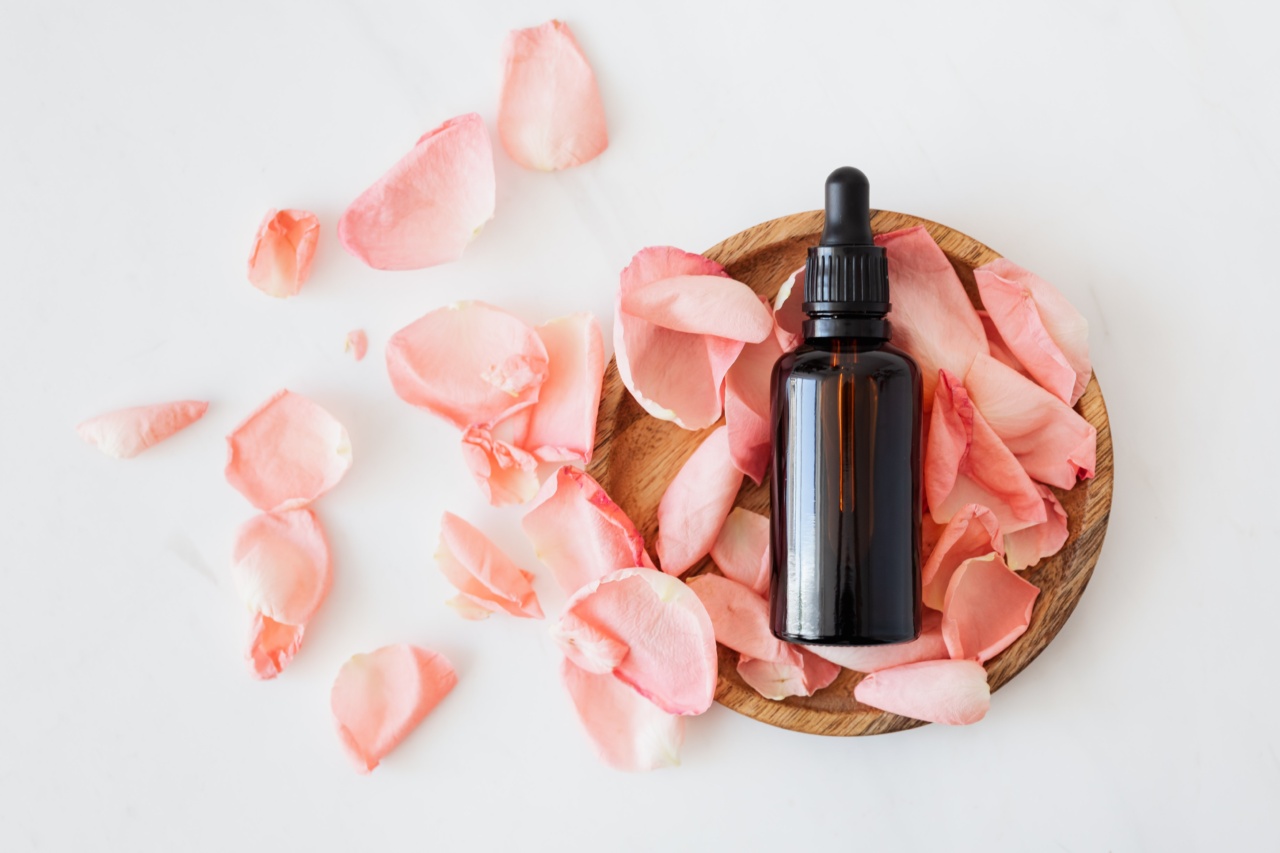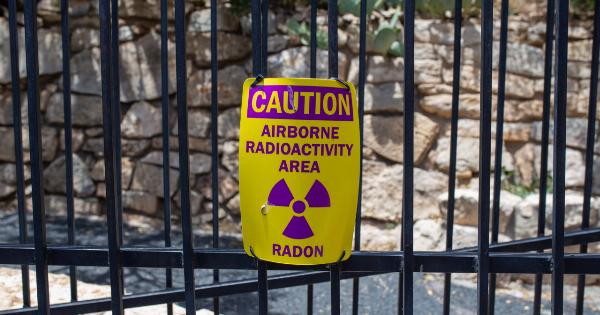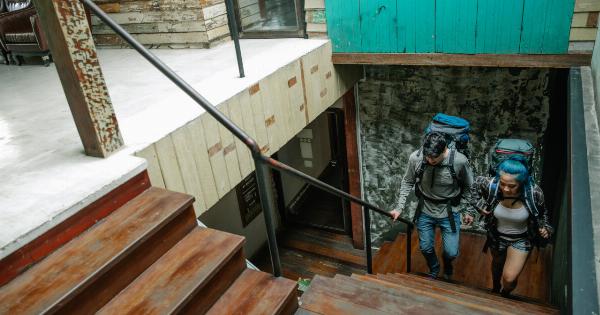Bronchoscopy is a medical procedure that allows doctors to visually examine the airways and lungs. It is a minimally invasive technique that helps diagnose and treat various respiratory conditions.
In this article, we will explore the essentials of bronchoscopy, including its uses, procedure, risks, and benefits.
What is Bronchoscopy?
Bronchoscopy is a diagnostic procedure used to visualize the airways and collect samples to evaluate lung health. It involves the use of a bronchoscope, which is a flexible tube with a camera and light at the end.
This tube is gently inserted into the nose or mouth and threaded through the throat and bronchial tubes, allowing the doctor to examine the airways and collect samples if necessary.
Types of Bronchoscopy
There are different types of bronchoscopy, each serving a specific purpose:.
1. Flexible Bronchoscopy
Flexible bronchoscopy is the most common type of bronchoscopy. It allows the doctor to visualize and biopsy the airways while the patient is awake or under sedation.
It is particularly useful for examining the bronchial tubes and collecting samples for further analysis.
2. Rigid Bronchoscopy
Rigid bronchoscopy uses a larger, inflexible bronchoscope and is usually performed under general anesthesia. It allows for better access to larger airways and enables therapeutic interventions, such as removing foreign objects or controlling bleeding.
3. Endobronchial Ultrasound (EBUS)
Endobronchial ultrasound combines bronchoscopy with an ultrasound to visualize structures beyond the bronchial walls. EBUS is commonly used to assess and sample lymph nodes for staging lung cancer.
Why is Bronchoscopy Performed?
Bronchoscopy may be performed for various reasons:.
1. Diagnosis of Lung Conditions
It is commonly used to diagnose lung conditions such as lung cancer, infections, inflammation, and lung diseases. Bronchoscopy allows the doctor to visually examine the airways and take samples for further analysis.
2. Biopsy
A bronchoscopy can provide access to the lung tissue, allowing the doctor to perform a biopsy. This helps in diagnosing lung diseases and determining the stage of lung cancer.
3. Removal of Foreign Objects
In cases where a foreign object, such as a small toy part or food, becomes lodged in the airway, bronchoscopy can be used to remove it safely.
4. Treatment of Respiratory Conditions
Bronchoscopy can also serve as a therapeutic procedure. For example, it can be used to remove excess mucus or blood clots, control bleeding, dilate narrowed airways, or place stents to keep the airways open.
The Bronchoscopy Procedure
The bronchoscopy procedure typically follows these steps:.
1. Preparing for the Procedure
Prior to the procedure, the patient may need to fast for a few hours. The doctor will provide specific instructions and inform the patient about any necessary medication adjustments.
2. Anesthesia
Most procedures involve either local anesthesia or conscious sedation. Local anesthesia can be applied topically to the throat or nose. Conscious sedation is administered intravenously to help the patient relax during the procedure.
3. Insertion of the Bronchoscope
The flexible bronchoscope is carefully inserted through the nose or mouth and guided down the throat into the airways. The doctor may apply a local anesthetic to reduce discomfort during the insertion.
4. Examination and Sample Collection
Once the bronchoscope is in place, the doctor examines the airways and collects any necessary samples. This may involve taking small tissue samples (biopsies), collecting fluid for analysis, or removing foreign objects.
5. Procedure Conclusion
Once the necessary procedures are complete, the bronchoscope is removed, and the patient is moved to a recovery area. The patient may experience minor discomfort, a sore throat, or coughing but complications are rare.
Risks and Benefits of Bronchoscopy
Like any medical procedure, bronchoscopy has its potential risks and benefits:.
Risks
– Infection, although rare, may occur after the procedure.
– Minor bleeding may occur at the biopsy or sample collection sites.
– There is a small risk of complications related to anesthesia or sedation.
Benefits
– Bronchoscopy can aid in the accurate diagnosis of respiratory conditions.
– It allows for targeted biopsies and helps determine the stage of lung cancer.
– Therapeutic bronchoscopy can provide relief from certain respiratory symptoms.
Recovery and Follow-Up Care
The recovery period after bronchoscopy is generally relatively short. Most patients can resume their normal activities within 24 hours.
However, it is important to follow any specific instructions provided by the doctor regarding rest, diet, and medication.
A follow-up appointment will typically be scheduled to discuss test results and determine the appropriate treatment plan based on the findings.
Conclusion
Bronchoscopy is a vital procedure for diagnosing and treating various respiratory conditions. It allows doctors to visualize the airways, collect samples, and provide targeted interventions.
Though it may present some risks, the benefits of bronchoscopy in accurately diagnosing and treating lung diseases cannot be overstated.






























